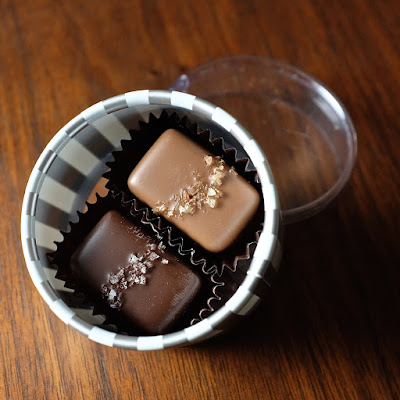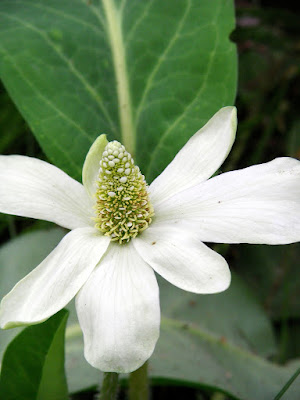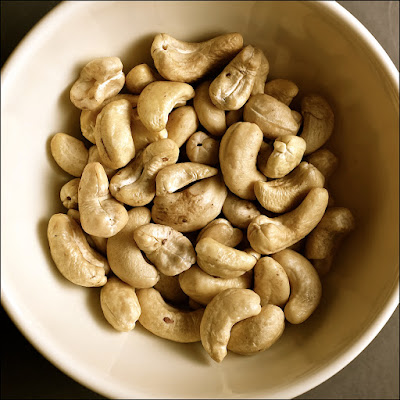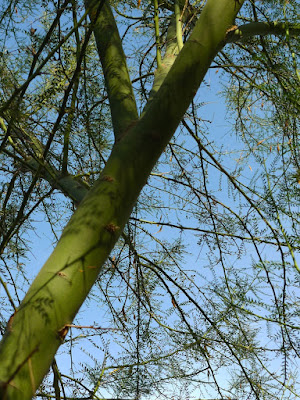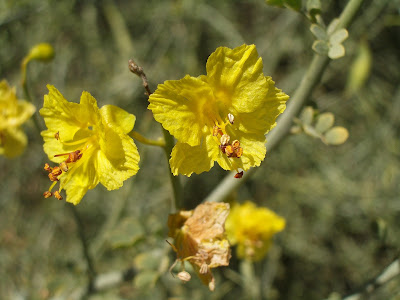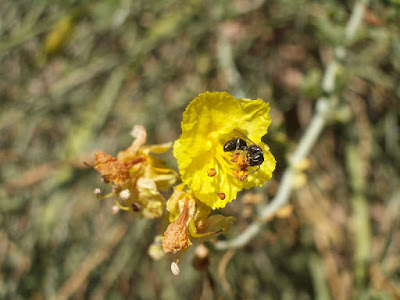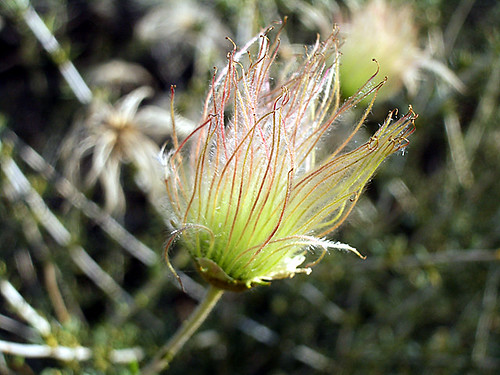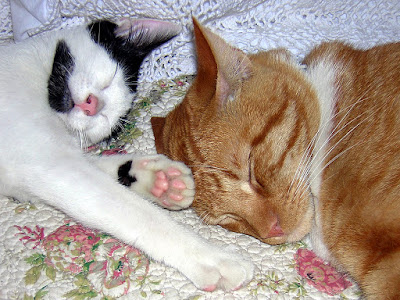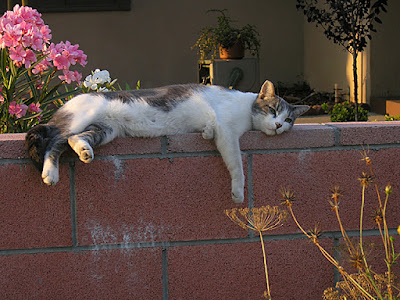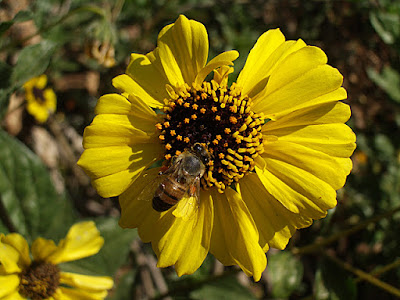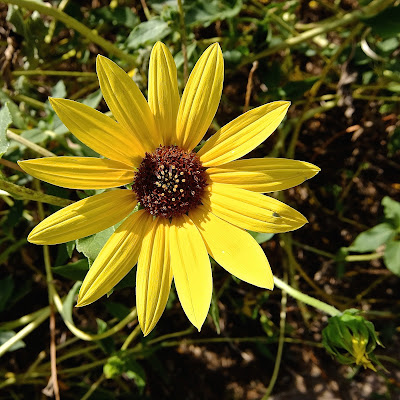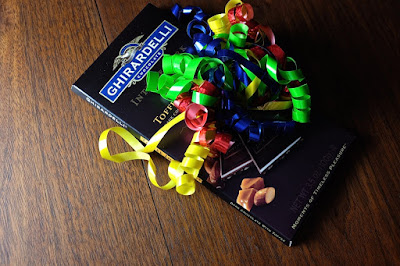 |
| National Metric Week: photo by Cliff Hutson |
Each year, the week containing October 10 is National Metric Week. While not observed by most Americans, it was begun by our National Council of Teachers of Mathematics on May 10, 1976, approximately one year after the Metric Conversion Act of 1975, Metric Week serves as an opportunity for teachers, students and the public to learn about the metric system, and/or promote its use. The tenth day of the tenth month is a clever way of recognizing the importance and convenience of the metric system, which is based on 10s.
While it may be true that - ”The pint's a pound, the world around” - only three countries, Myanmar (Burma), Liberia, and the USA, have not adopted the metric system (or the International System of Units (SI)) as their official system of weights and measures. This makes the US the only industrialized country that has not adopted the metric system as its official system of measurement.
However, its use has some mixed results. The United Kingdom uses the metric system for most administrative and trade purposes, Imperial units are widely used by the public and are permitted or obligatory for some purposes, such as road signs. Americans may know it better than they think. A lot products, from bottled drinks to medicines, are already sold and talked about in terms of their metric measures. And, I notice that automobile reviews cite engine displacement in liters while giving all other dimensions in feet, inches, and cubic feet.
I am somewhat comfortable with the metric system. As an aficionado of European sports cars, dating back to my teenage years, I have long been used to discussing engine size in liters. Then in my thirties, I ran a lot of 5Ks and 10Ks - though I was a “miler” in high school. And, I have owned at least one car where the speedometer was marked in both miles and kilometers. And, at one time when I was still in to such stuff, had two sets of wrenches so that I could work on my wife's car and my own.
But, I can see that making a full conversion will be a tough row to hoe. The change over of signage and packaging will be a tremendous undertaking. For example, one pint [Fluid, US] = 473.176473 Milliliters. I also think, as the rancor of our current presidential campaign has underscored, many of my country people will object on the grounds that it is foreign.
The first practical realization of the metric system came in 1799 in France during the Revolution. It fell out of favor for sometime but was readapted by France in 187. Then during the first half of the 19th century was taken up by the scientific community.
The meter was defined in 1793 as one ten-millionth of the distance from the equator to the North Pole. Today, under the auspices of the Bureau International des Poids et Mesures is the distance travelled by light in a vacuum in 1/299,792,458 seconds. Just in case you are wondering, the liter is the unit of volume and was defined as one thousandth of a cubic meter.
I should point out that the SI is the simplified modern version of the various metric systems. As most metric units are not part of SI, it not strictly speaking “the metric system.” And, a large portion of the American economy is now largely SI, including automobiles, heavy equipment, farm machinery, medicine, science, electronics, computers, cameras, bicycles, the military, and several sports.
So, at some time in the future I am sure that all of us be using the system. But, in the meantime, I am going to celebrate the completion of this post by lifting an Imperial Pint (568.26125 ml) of ale.
SaveSaveSaveSaveSaveSaveSaveSaveSaveSave
